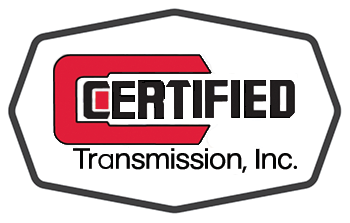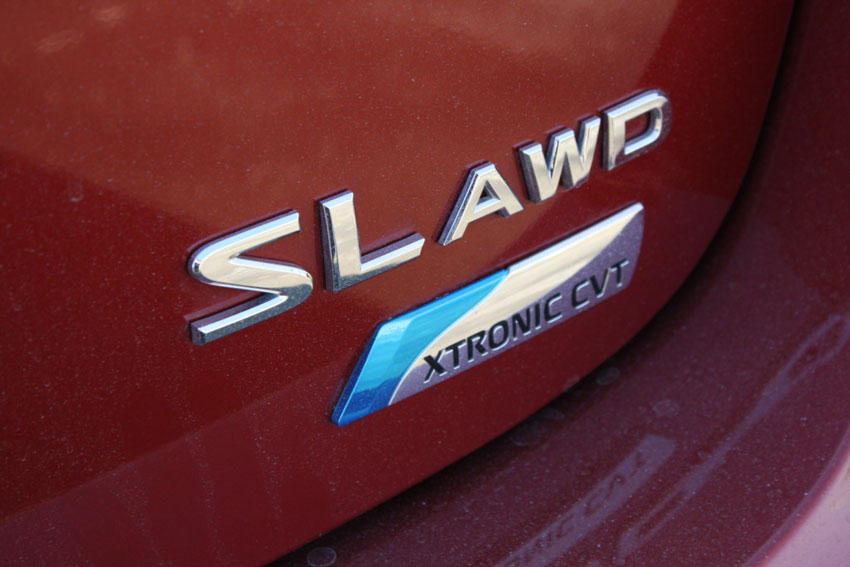The CVT Transmission
A CVT or Continuously Variable Transmission is an automatic, single speed, and gearless transmission that can shift through an infinite number of gear ratios. This ability to seamlessly shift through these different gears provides a number of benefits including extremely smooth shifts and exceptional fuel economy. However, it can also come with many disadvantages that should be carefully examined before making a purchase. Continue reading to learn more about the CVT unit, the pros and cons it offers, and to get some tips from the pros before you make your purchase.
The History of the CVT…
Although the CVT has become much more popular in recent years, the idea has been around for centuries. The first sketch of it was made by Leonardo DaVinci in 1490 and was first patented by Diamler and Benz in 1886. In 1910, Zenit motorcycles built a V2 bike that implemented the CVT design and was so successful it was actually banned from the popular hill climbing competitions of its day. In the late 1980’s, Subaru launched the first production car that utilized the CVT system. It was launched in Tokyo and shortly after made its way to the U.S. Today, the majority of manufacturers offer at least one model vehicle that uses the CVT Transmission.
How It Works…
The CVT works similar to the way the transmission on a snowmobile works, in that there is a pulley system with cones at each pulley, all connected by a chain belt. The cone moves closer together or further apart to increase or decrease the diameter at which the belt operates. This is how the unit changes gear ratios and allows the unit to quickly “shift” into the necessary gear ratio to allow for either increased power and/or increased fuel economy when needed. The important thing to note is that although it is considered an automatic transmission it does not shift at all like a traditional gearbox.
The Pro’s…
The main benefit of the CVT Transmission is the efficiency it can offer. Vehicles that incorporate the CVT are rated among the most efficient vehicles and can offer fuel economies reaching 38 MPG on a mid sized sedan. Today, almost all hybrids use the CVT to help maximize fuel economy. Another benefit of the CVT is noticed when driving up steep inclines. Normal automatic transmissions can sometimes struggle under heavy load, where the CVT can almost immediately find the exact ratio needed to seamlessly provide power without ever shifting. These seamless shifts are another benefit to the driver, as they can offer extremely smooth rides without ever really feeling the vehicle “shift”.
The Con’s…
Although the CVT can offer unmatched fuel economy, it comes with a cost that must be closely considered. The main disadvantage of the CVT Transmission is the price tag they come with. A typical CVT replacement can often cost between $3000-$5000 when they fail. Notice how we said when they fail? The CVT unit will not last nearly as long as the typical automatic transmission. In fact, we see the majority of these units last around 100K miles or less. Even more important to note is the fact that when they fail, 9 times out of 10 they must be replaced. The reason for this is because parts are very expensive, can be difficult if not impossible to locate, and generally see so much damage they are not even worth attempting to rebuild. Another disadvantage of the CVT is the fact they cannot withstand the horsepower that an automatic or manual transmission can hold up to. For this reason, the CVT unit is not used in any high performance situations.
The Bottom Line…
In conclusion, we like the idea of the CVT transmission and the fact that is can offer such outstanding fuel economy and efficiency. Also, the fact that it can shift quick and seamlessly on inclines can be a benefit to those living in mountain regions. However, due to the extremely high price tag these carry and the fact they are prone to premature failure doesn’t sit well with us. Having split many of these apart after failure and seeing the amount of internal damage they can create, we do not recommend these transmissions unless the entire cost for replacement is covered under warranty. The amount you may save in fuel simply does not equal the amount it will end up costing when they fail. To speak with an expert, make sure to give the guys at Certified Transmission a call to learn about transmissions or to get a quick quote to have you vehicles transmission inspected.


Recent Comments